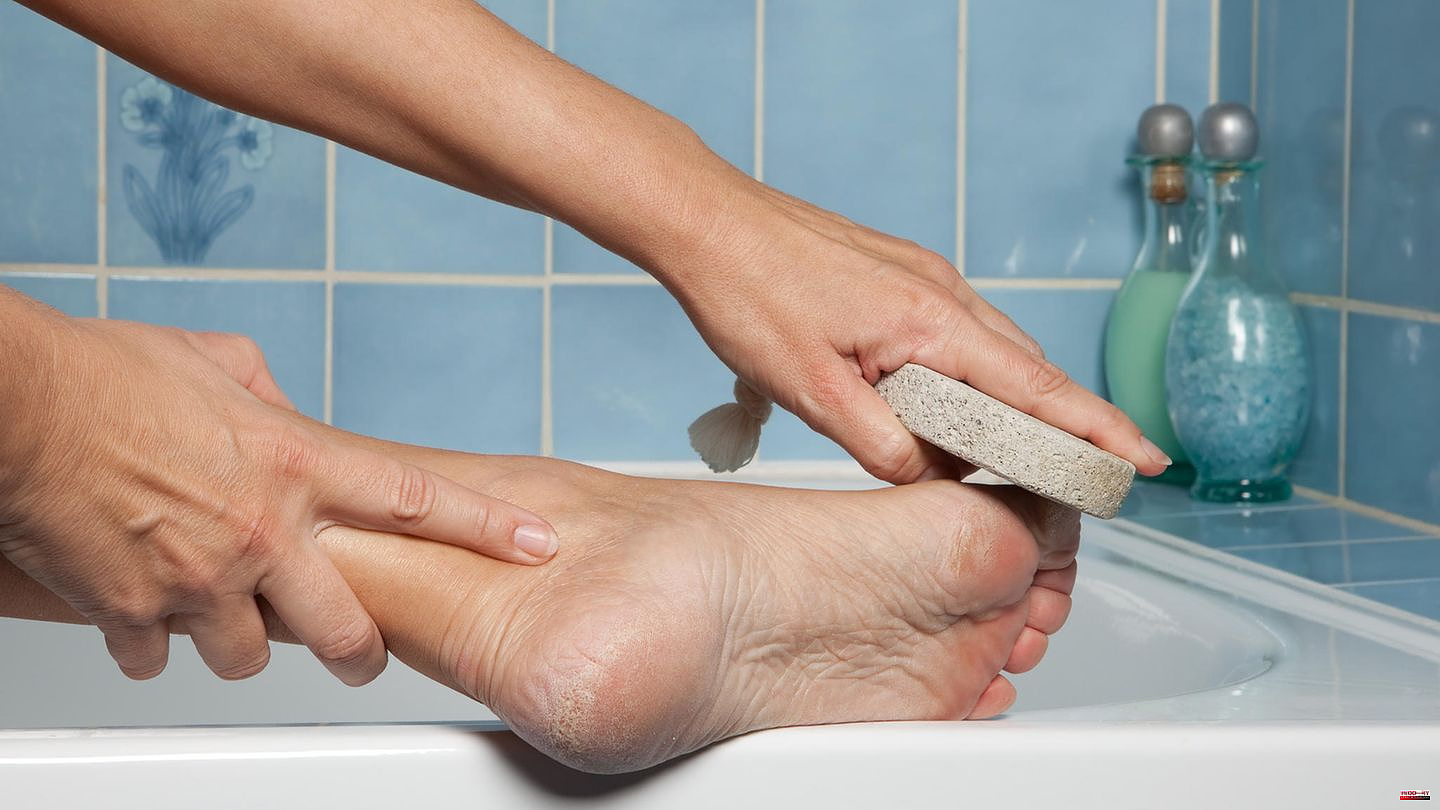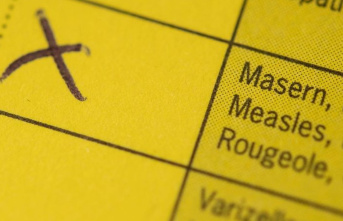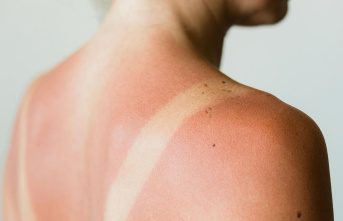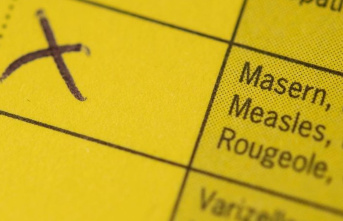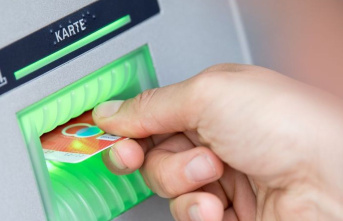Thickened calluses are favored by external influences, such as too much pressure and friction from tight or uncomfortable shoes. But dust, heat and sweat also promote hard skin by drying out the skin. This is particularly evident on the heels and balls of the feet in the hot summer months when most people wear thin shoes such as sandals or flip-flops. However, if the keratinized areas tear, bacteria have an easy time of it – they penetrate the skin and trigger painful inflammation. It is all the more important to regularly care for calluses, calluses and cracked heels by removing the calluses. How this works best is summarized below.
1. Start with a footbathIn order to remove the excess calluses, you must first soak them - with a footbath. Use lukewarm water to which you add either 100 milliliters of apple cider vinegar, some tea tree oil or Dead Sea salt. On the one hand, your feet are cleaned in this way, on the other hand, salt in particular has a germicidal effect. Place your feet in ankle-deep water and let the foot bath soak in for ten to a maximum of 15 minutes.
2. Use a pumice stone. Different tools help to remove the excess skin. A classic is the pumice stone, which was already used in ancient times for foot care. In contrast to a planer or rasp, the coarse-pored volcanic rock only removes the upper layers of skin, so there is no risk of removing too much callus and leaving your feet unprotected. Alternatively, you can also use a callus file.
3. Apply lotion to your feet After the treatment, it is important to care for the sanded skin. It is best to use a cream that provides your feet with sufficient moisture and at the same time helps to prevent new calluses from forming again so quickly. Alternatively, you can also use so-called foot butter, which absorbs quickly into the skin and leaves a smooth, supple feeling.
In order to save time and money, more and more people are doing without a professional pedicure - and instead are opting for a new beauty trend: so-called foot masks. This is a kind of sock that you simply have to put over your feet. The special thing about the foot masks is that they contain a nourishing moisturizing emulsion (including milk, aloe vera and papain) that penetrates your skin and softens it. Depending on how much callus you have, your feet can even "peel", i.e. the old layers of skin are shed - and new, soft skin appears underneath.
Important: If you have particularly sensitive skin, you should test whether you are allergic to the foot mask before use. To check, dab some liquid from the mask onto your skin and wait ten minutes.
Of course, there are also popular home remedies that you can use to remove calluses. This includes:
Mix three teaspoons of baking soda with lukewarm water and soak your feet in it for ten minutes. Alternatively, you can make a kind of paste out of baking soda and a little water, rub it on your feet and leave it on for five minutes before rinsing and rubbing your feet.
Dried chamomile is also an effective home remedy for calluses. To do this, take either a tea bag or loose chamomile flowers, wrap them in a dry cloth, sprinkle hot water on them so that they are wet - but not dripping - and press the chamomile bag onto the calloused areas for 15 minutes.
Another beauty secret weapon is fresh lemon juice - a home remedy that is always used when it comes to skin problems. This is due to their acidity, which can also help against calluses. To do this, cut a lemon in half and place the halves on the calloused areas for a maximum of 30 minutes.
You can take preventive measures to ensure that the skin on your heels and balls of your feet does not dry out and become calloused in the first place:
This article contains so-called affiliate links. Further information are available here.

